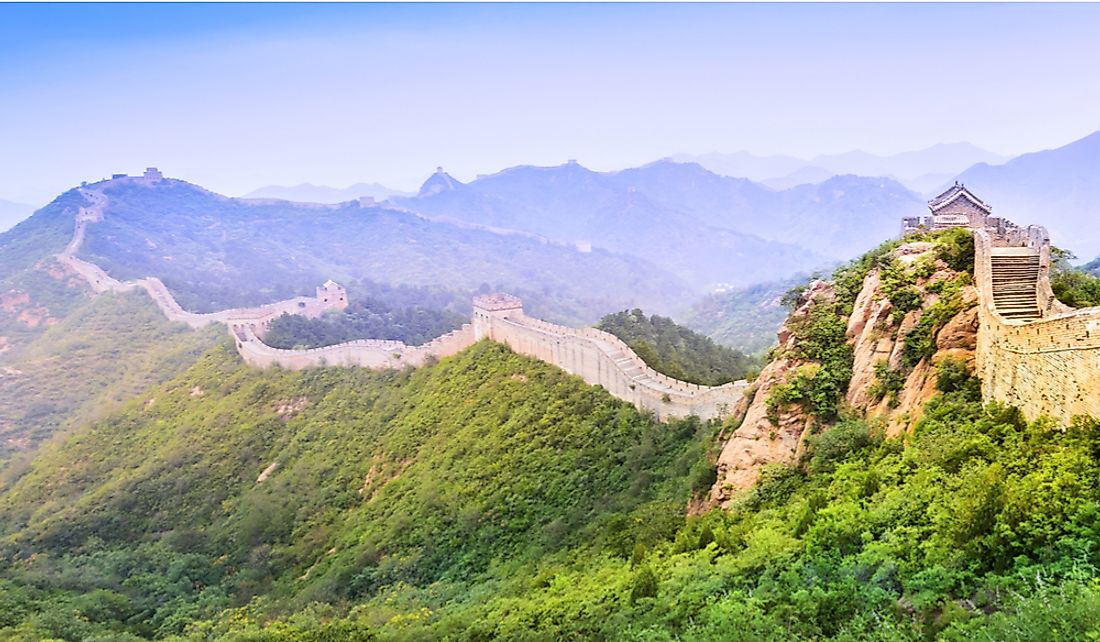How Long is the Great Wall of China?

The entire Great Wall is about 13,171 miles long. The wall was formed from over centuries by joining walls constructed by various Chinese Empires. These dynasties include Ming, Han, and Qin dynasties. The Great Wall is significantly part of the Ming dynasty wall, which is the part that is mostly still in existence as some of the parts of the wall are mostly ruined. The Great Wall of Ming is about 5,500 miles of the entire Great Wall.
History and Path of the Great Wall of China
The construction of the Great Wall dates to the 7th and 8th centuries. The walls were made of board edges, which were smeared with grit and soil in between. During the border attacks, King Zheng of Qin defeated his rivals, and he led as Emperor of Qin dynasty. Zheng then ordered the demolition of walls that separated his dynasty from other states with the aim of bringing unity. At the same time, he also ordered the construction of adjoining walls to connect with the remaining barricades.
The building of the wall took place using available materials since transporting construction material was challenging and hectic. For mountainous areas, the builders used stones from the mountains while for plains, they used earth soil. It is believed that dynasties like the Northern, Han, and Sul also got involved in renovating and extending the Great Wall later on with the aim of protecting themselves from northern trespassers.
The Great Wall concept was again brought into existence in the 14th century by the Ming dynasty. The Ming dynasty decided to build walls along the northern boundary of China to keep Mongolian tribes away after numerous battles, which they lost. The wall built by this dynasty was firmer than the previous fortifications since construction was mainly done using bricks and stones.
As construction of the wall went on progressively, Qi Jiguang dynasty also got involved in repairing and reconstructing the wall in the period between 1567 and 1570. The path of the entire Great Wall is not clearly defined, however, some of the passages from where the Ming construction started can be plotted. The station in the West of the Ming wall is Jiayu Pass, found in Gansu Province.
The wall moves through the corridors of Hexi and into Ningxia desert. From these paths, it passes into the western boundaries at Yinchuan and into another desert named the Ordos. It is at Xinzhou that the wall splits into two paths namely the outer and inner Great Wall. The latter ends up at Beijing; this part of the Great Wall is constantly renovated and frequently visited by tourists to date.
Functions of the Great Wall of China
It is evident that the Great Wall was initially built as a barrier to keep away invaders who were mostly from the Eurasian Steppe. However, with time, the Great Wall's functionalities expanded and it currently works as a barrier control to inhibit illegal movements and transportations. The Great Wall also makes it easier to levy taxes on goods moving through the wall. The wall also acts as a transportation passage. Today, the site is a famed tourist attraction in China with visitors from around the world.











